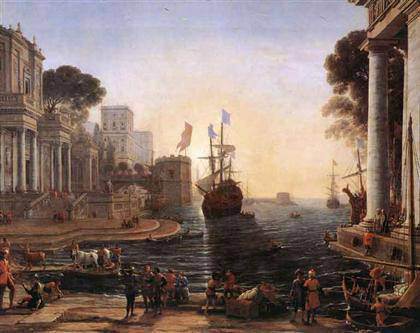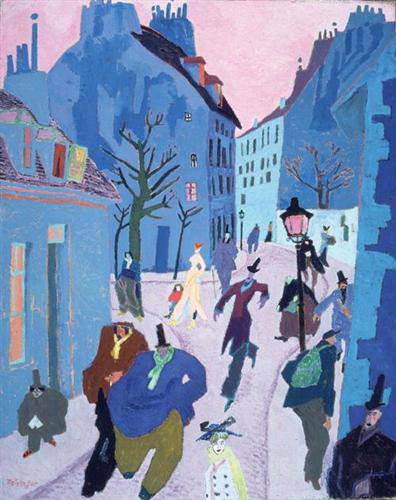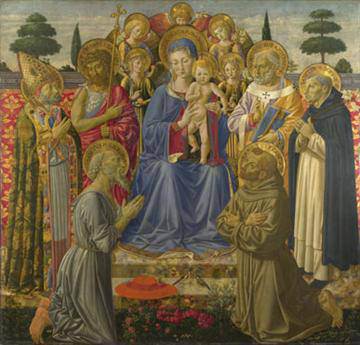
Claude Lorrain
Ulysses Returns Chryseis to her Father
1644
Oil on canvas, 119 x 150 cm.
París, Musée du Louvre, Département des Peintures
17th century Roman landscapes at Prado Museum After its showing at the Grand Palais in Paris, the exhibition ‘Rome: Nature and the Ideal. Landscapes 1600-1650’ comes to the Prado Museum in Madrid. July 5th – September 25th, 2011.]]>
Source: Prado Museum / theartwolf.com
There are three main protagonists in the exhibition: first, Annibale Carracci, who -according to the press note of the exhibition- “developed the prototype of the harmoniously structured landscape that came to be described as classical“. And then Claude Lorrain and Nicolas Poussin, whose works “marked the transition of landscape painting from that of a minor genre to a prestigious one“. However, the best work in the exhibition is Velázquez’s “View of the Garden of the Villa Medici”.
The exhibition is organized in seven sections: “Annibale Carracci, Paul Bril, Adam Elsheimer”; “The evolution of Bolognese landscape”, “Evolution of nordic landscape”, “The landscape gallery at the Palace of Buen Retiro”, “Claude Lorrain (ca. 1600-1682)” and “Nicolas Poussin (1594-1665)”.
Although the exhibition is really interesting, it lacks any work by the true pioneers of landscape painting in Europe: Albrecht Dürer, Albrecht Altdorfer and Joachim Patinir, whose influence was highly important in other “pioneers” featured at the exhibition, such as Jan Brueghel or Paul Bril.
Related content
50 great landscape paintings
Follow us on:


